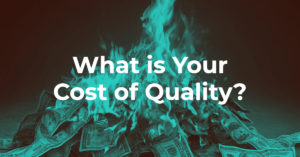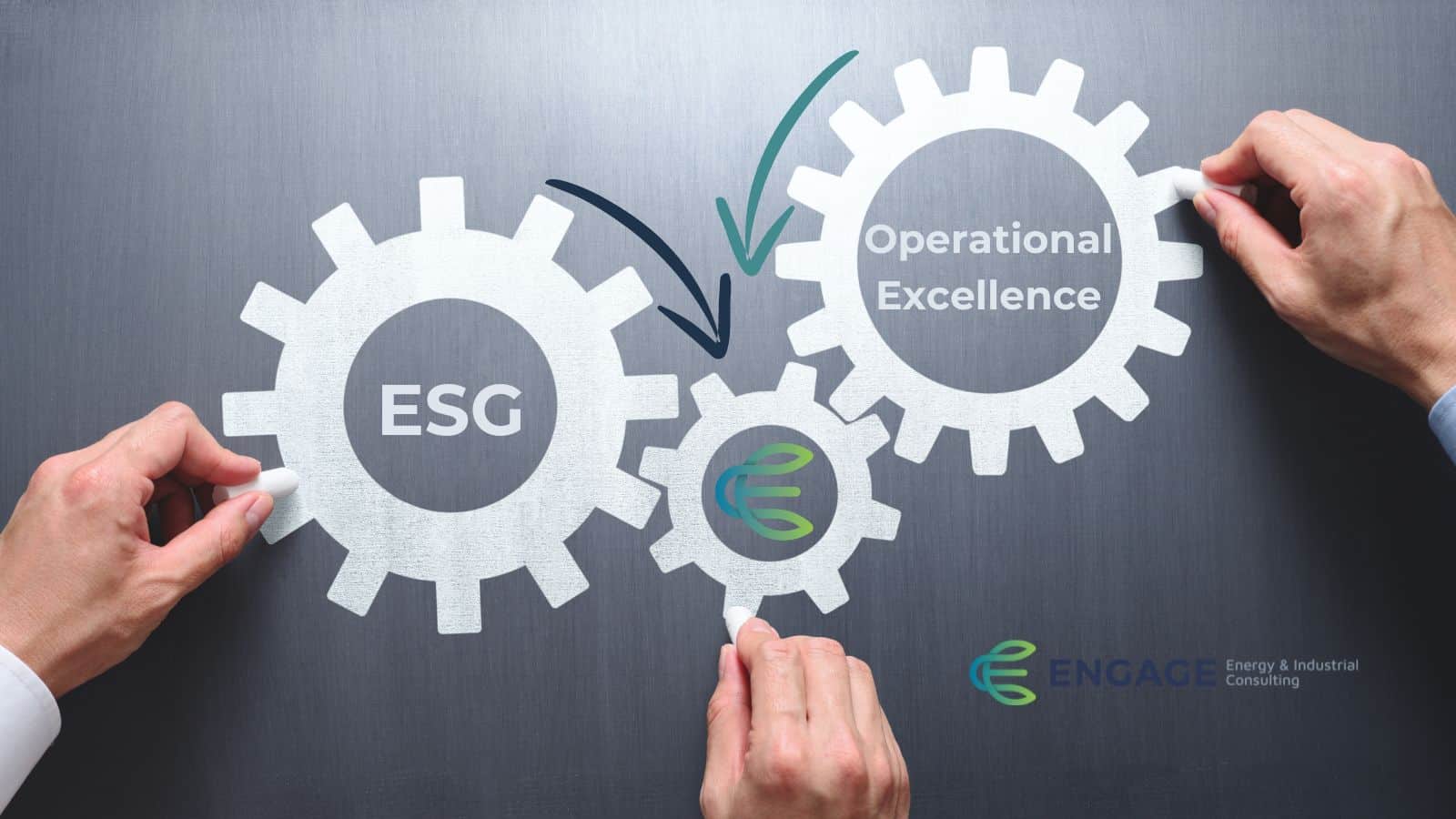Poor quality and lack of process discipline could be costing you dearly. However, Quality Management Systems are a proactive way to avoid costs. Have you asked yourself the following questions?
- Is my business burning money?
- Do I know how much poor quality is hurting me or my reputation?
- Why do I never have time to do things right the first time, but I always have plenty of time to do it over?
It’s important as a business that you understand your Cost of Quality. Cost of Quality (COQ) is a means of measuring the costs associated with quality issues. Let’s break this down further in the next section.
COQ Can Be Segmented Into Two Groups
Internal costs of quality: These costs arise when the manufacturer discovers quality failures before products or services are delivered to customers. They include waste from poor processes, excessive scrap, rework to correct errors, and the activity required to diagnose the cause of quality failures.
External costs of quality: These are the most expensive costs and are usually apparent only after the products or services have reached the customer. These costs include repairs, warranty claims, returns, and time spent dealing with customer complaints. Moreover, these have a significant impact on your company’s reputation.
Reducing Your Cost: The Business Case
Investing in quality is the most effective way of reducing these incredible costs. Business leaders typically don’t spend money without a strong business case that highlights the benefits of Quality Management Systems. Click the button below for Engage EIC’s exclusive guide to developing a strong business case:
The reality is that the typical catalyst for gaining leadership support for a QMS is often a serious and/or negative event, such as the loss of a major customer or an accident. While negative events can be powerful incentives for change and help focus executive attention on quality, they also come at tremendous cost and financial damage. By making a strong case for investing in quality up front, organizations avoid these situations.
A Look Inside The Numbers
For most organizations, COQ has usually averaged between 4 percent and 5 percent of annual revenue. So, if your business produces $50 million in annual revenue, you could be losing as much as $2.5 million by failing to address the impact of poor quality. If your quality issues are significant, your losses could be much higher.These costs include quality planning, training, and quality assurance. The benefits to implementing a Quality Management System are significant.
They include:
- Improved financial and operational performance
- Improvement to organizational effectiveness and culture
- Improved customer satisfaction
- Improved compliance and process effectiveness
- Enhanced reputation
These are just a few of the benefits gained through implementing a QMS. When all is said and done, business leaders realize that a QMS is a critical business investment that delivers sustainable results.





